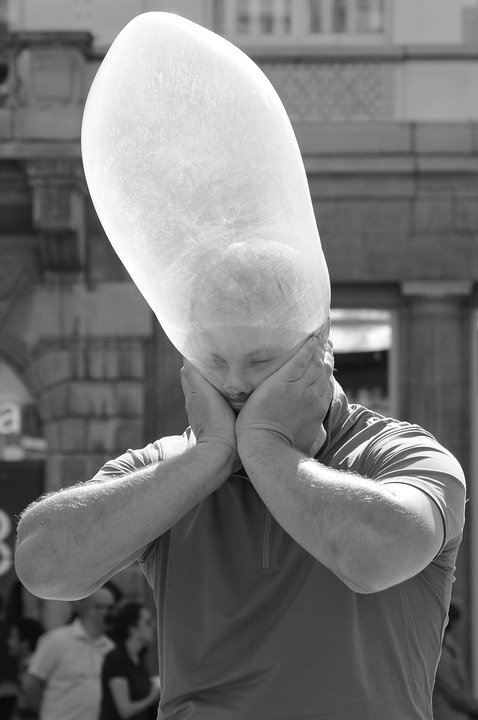
Breathing is a fundamental process that keeps us alive. Without it, our bodies would not be able to function properly. But have you ever stopped to think about how respiration works in the human body? In this article, we will explore the science of breathing and how it plays a crucial role in our overall health and well-being.
Respiration is the process by which our bodies take in oxygen and release carbon dioxide. It is a complex process that involves several organs, including the lungs, diaphragm, and respiratory muscles. The main function of respiration is to exchange gases between the body and the environment, ensuring that our cells receive the oxygen they need to function properly.

The process of respiration begins when we inhale air through our nose or mouth. The air then travels down the trachea, or windpipe, and into the lungs. In the lungs, the air passes through a series of branching tubes called bronchioles, eventually reaching the alveoli, which are tiny air sacs where gas exchange takes place.
In the alveoli, oxygen from the air diffuses into the bloodstream, where it binds to hemoglobin molecules in red blood cells. These oxygenated red blood cells then travel to tissues and organs throughout the body, delivering oxygen to cells and removing carbon dioxide, a waste product of cellular metabolism.

Meanwhile, carbon dioxide produced by cells is carried back to the lungs by the bloodstream. In the alveoli, carbon dioxide diffuses out of the blood and into the air, where it is exhaled from the body. This process of gas exchange is essential for maintaining the body’s acid-base balance and ensuring that cells receive the oxygen they need to produce energy.
The diaphragm and respiratory muscles play a crucial role in the process of breathing. The diaphragm is a dome-shaped muscle located below the lungs that contracts and relaxes to create changes in pressure within the chest cavity. When we inhale, the diaphragm contracts and moves downward, increasing the volume of the chest cavity and causing air to be drawn into the lungs. When we exhale, the diaphragm relaxes and moves upward, decreasing the volume of the chest cavity and causing air to be expelled from the lungs.

In addition to the diaphragm, other respiratory muscles, such as the intercostal muscles between the ribs, also play a role in breathing. These muscles help to expand and contract the chest cavity, allowing air to flow in and out of the lungs. The coordinated action of the diaphragm and respiratory muscles is essential for maintaining a regular breathing pattern and ensuring efficient gas exchange in the lungs.
Several factors can affect the process of respiration, including lung diseases, such as asthma and chronic obstructive pulmonary disease (COPD), as well as environmental factors, such as air pollution and smoking. These factors can impair the function of the lungs and respiratory system, leading to breathing difficulties and reduced oxygen intake.
In conclusion, the science of breathing is a fascinating and essential aspect of human physiology. The process of respiration allows our bodies to take in oxygen and remove carbon dioxide, ensuring that cells receive the oxygen they need to function properly. Understanding how respiration works can help us appreciate the importance of healthy lungs and respiratory function in maintaining overall health and well-being. So, take a moment to appreciate the simple act of breathing – it is truly a marvel of the human body.

Discover more from Bibliobazar Digi Books
Subscribe to get the latest posts sent to your email.


